Material Composition and Production Process Differences:
PTFE: Polymerised from pure tetrafluoroethylene, the molecular structure is a linear polymer with a smooth white waxy surface.
RPTFE: Fillers such as glass fibre, graphite and carbon fibre are added to PTFE (usually 5%~40%) and made by mixing, moulding and sintering process, which has a denser texture, and the colour may be grey, black, or pink, depending on the filler.
Performance characteristics
PTFE: At a certain temperature and pressure, the traditional PTFE gasket will creep and relax and lose its original thickness, which can easily cause media leakage and lead to rapid seal failure.
RPTFE: Due to the special preparation process to form a high degree of fibre structure within the material, its creep at room temperature and high temperature are greatly reduced, with better dimensional stability, can effectively reduce creep relaxation, to maintain the sealing effect.
Application:
RPTFE: It can be formed by compression or extrusion process; it can also be made into aqueous dispersion for coating, impregnation or fibre.
PTFE is widely used as high and low temperature resistance, corrosion-resistant materials, insulation materials, anti-sticking coating. It can also be processed into a variety of parts, anti-corrosion gaskets and so on.
Mechanical properties:
PTFE: It has certain tensile strength and hardness, but its mechanical properties such as compressive strength and wear resistance are relatively weak compared with RPTFE.
RPTFE: The added filler enhances its mechanical properties, giving it higher compressive strength, abrasion resistance and hardness, and enabling it to withstand greater pressure and more complex working conditions.
Comparison of physical and chemical properties:
| Feature |
PTFE |
RPTFE |
| Compressive Strength |
Low (easily deformed by cold flow) |
Increase of 30 to 50 per cent |
| Friction Coefficient |
≤ 0.05 (lowest solid material) |
Slightly higher but increased wear resistance |
| Applicable Temperature |
-50℃~180℃ |
-200℃~200℃ |
| Chemical Resistance |
Resistant to all strong acids and bases |
Maintains PTFE properties |

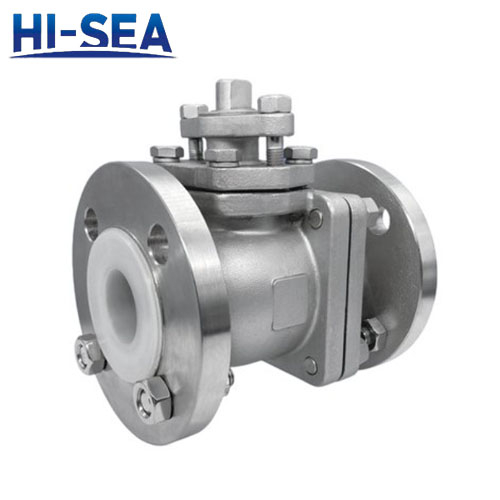

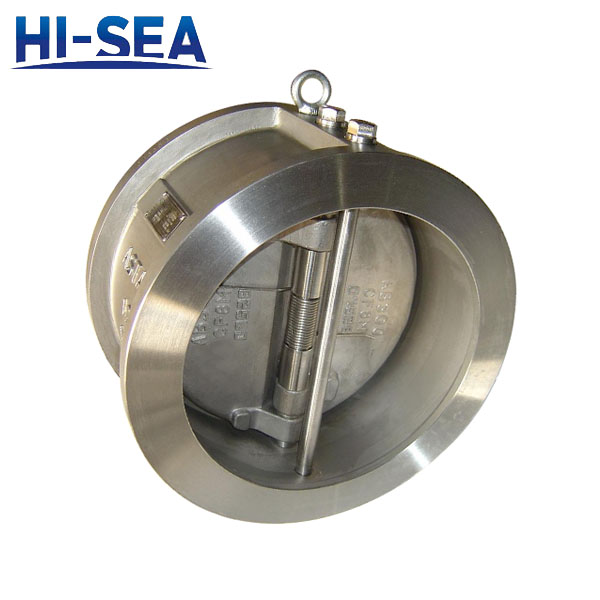
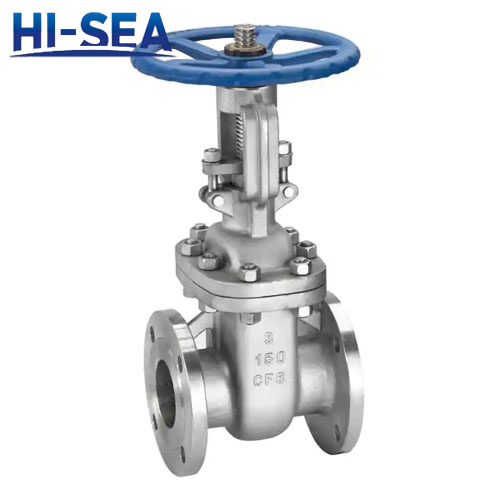
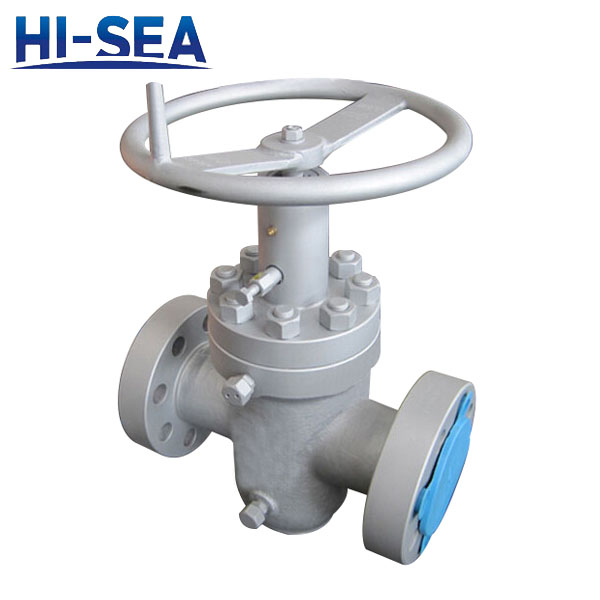
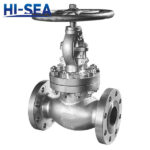 Main Material of API Valve
Main Material of API Valve What is the difference between a rising stem gate valve and a non rising stem gate valve?
What is the difference between a rising stem gate valve and a non rising stem gate valve?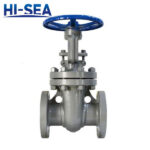 API Valve Fire Test
API Valve Fire Test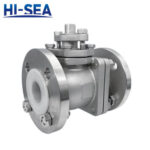 What is the difference between PTFE and RPTFE?
What is the difference between PTFE and RPTFE?